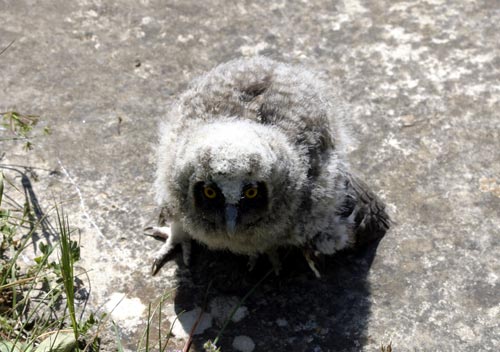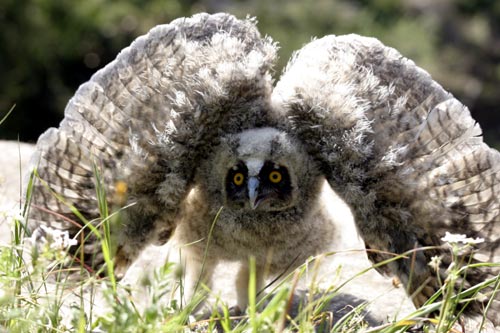Skywatch Friday
The monastery of Panagia Chrisoskalitissa, Our Lady of the Golden Step in English, is in the remote south west of Crete just six Kilometres from the lovely lagoon beach of Elafonisi. And it is glorious.

Panagia Chrisoskalitissa Monastery
This photograph was taken when the sunset happened and thank heavens I had my camera to hand for the amount of beer that we had drunk with the priest and two English hitchikers was immense. Then came the meal with wine and a room to sleep in. But the next day we explored.
Panagia Chrisoskalitissa means Our Lady of the Golden Step. But what was the Golden Step? One of the nuns there explained to me that you have to be absolutely free of sin to see this step which is one of the ninety steps climbing up to the monastery’s front door. Unfortunately, I couldn’t see it, but the nun told me not to worry as she had not seen it either.

The monastery from the vegetable garden
So we climbed the steps and were invited to partake of tsikoudia (raki) with two nuns and the priest. A monastery and a nunnery seems to merge into one down here. Then I was shown how to climb to the roof of the church ‘for the view’, of course.

The view south west from the roof
This is a lovely place and we first went there about twenty years ago, then around ten years ago. We had to drive a gorge through a very old tunnel and some miles of dirt road to get to the monastery. Today the road is better, at least it is tarmacked, but one of the nuns is gone and the priest is much older than before when we first met him. But a wonderful man, nevertheless.

The priest
Here in the deep south west of Crete there is very little tourism. There are some rooms now where you can stay and near the beach at Elafonisi – perhaps Crete’s best beach with silver and rose coloured sand – there are a couple of tavernas. There are no hotels and no tavernas on the beach at all because this is one of Crete’s protected areas. But if you go there, it will stay forever in your memory.























